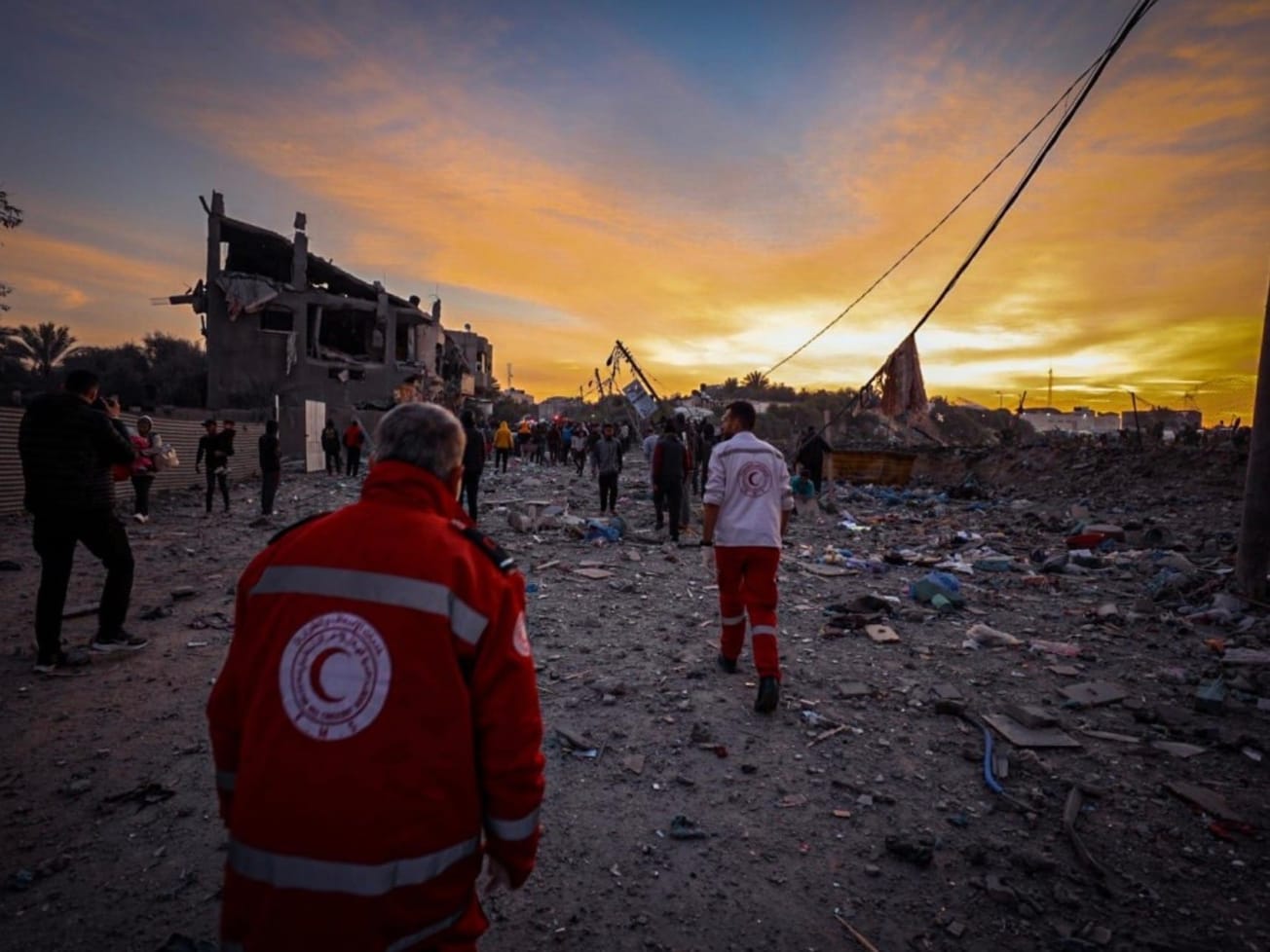The unprecedented scale and intensity of Israel's military offensive in Gaza is causing rapidly escalating environmental damage that risks inflicting "irreversible" harm to its natural ecosystems and public health.
The U.N. Environment Program's preliminary assessment on Tuesday, conducted at the request of Palestine, paints a devastating picture of Gaza on the brink of catastrophe after eight months of relentless bombardment.









